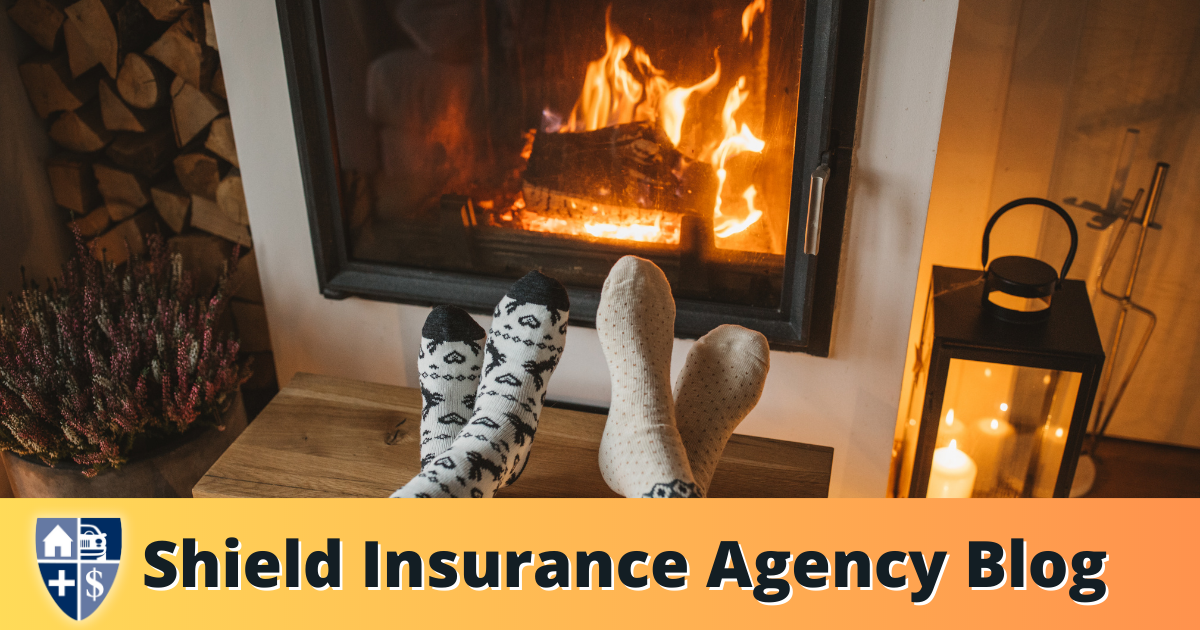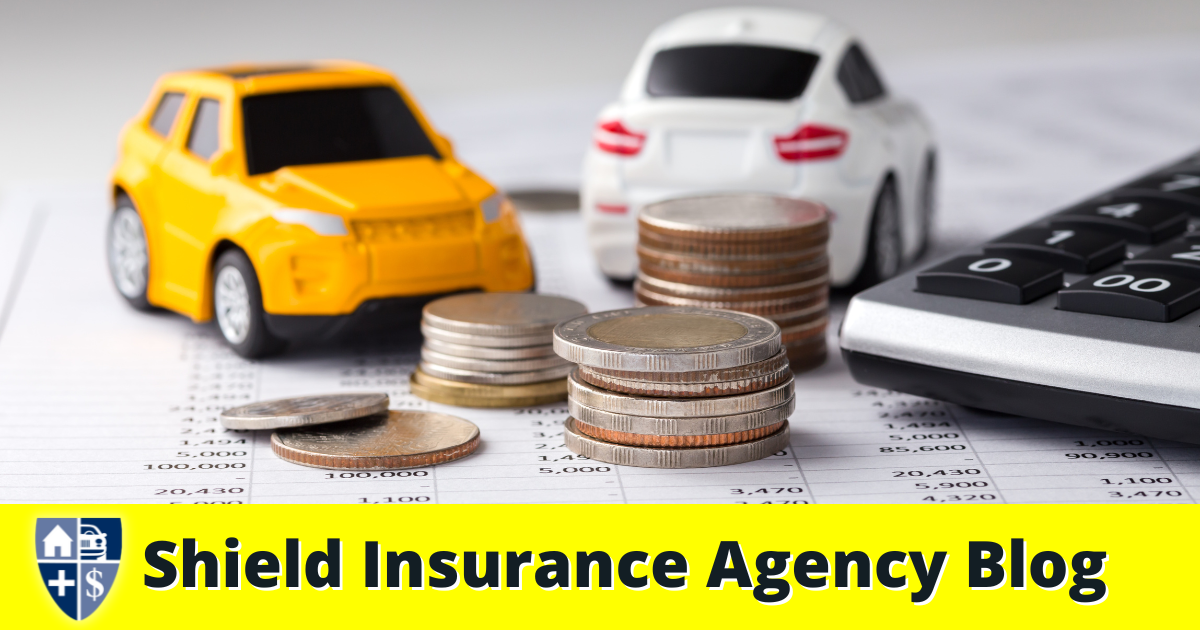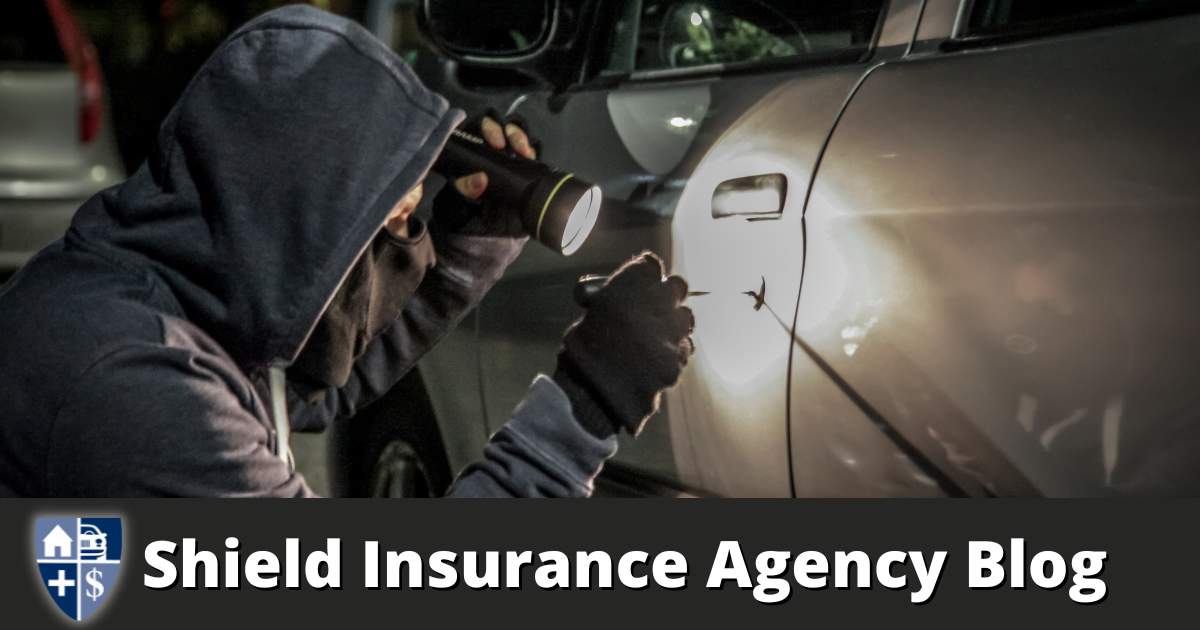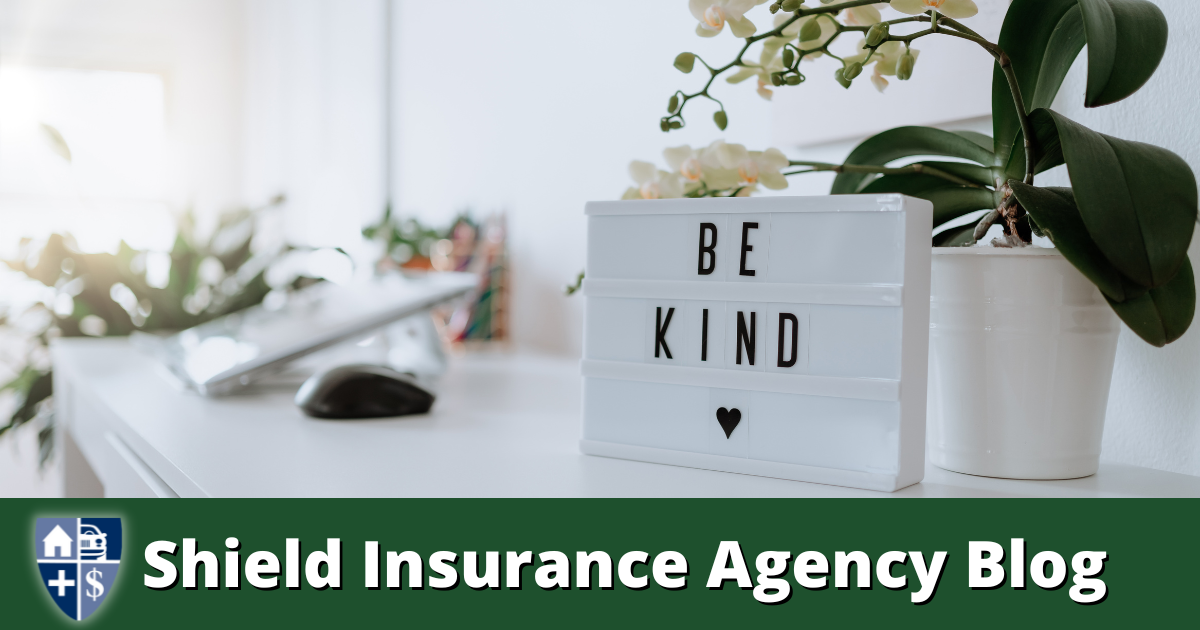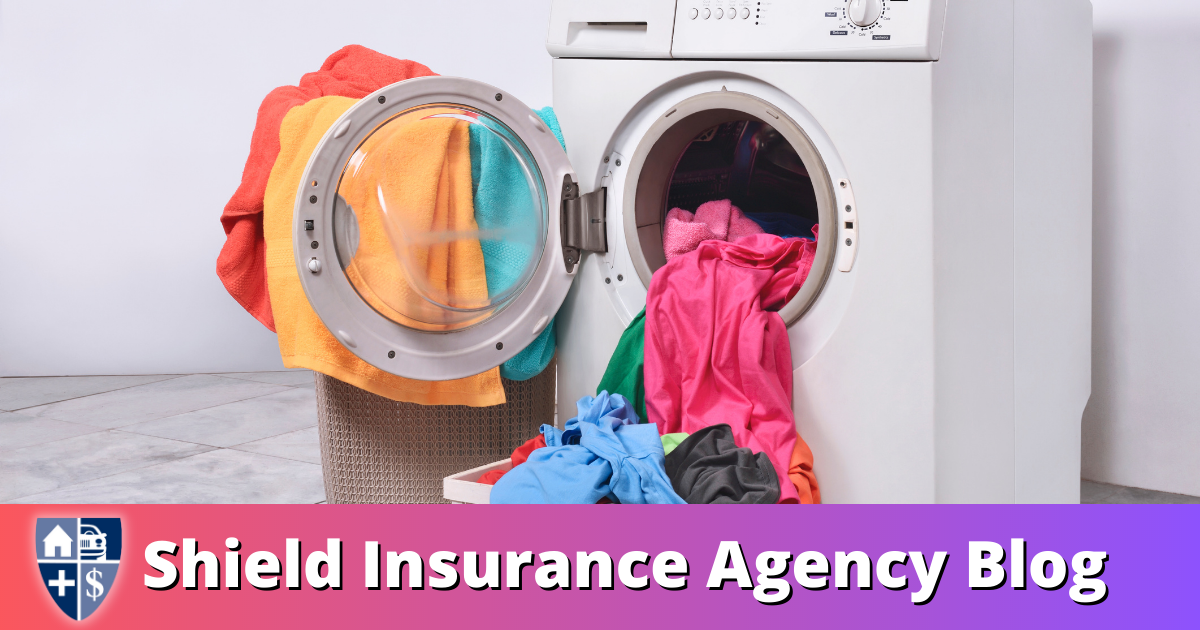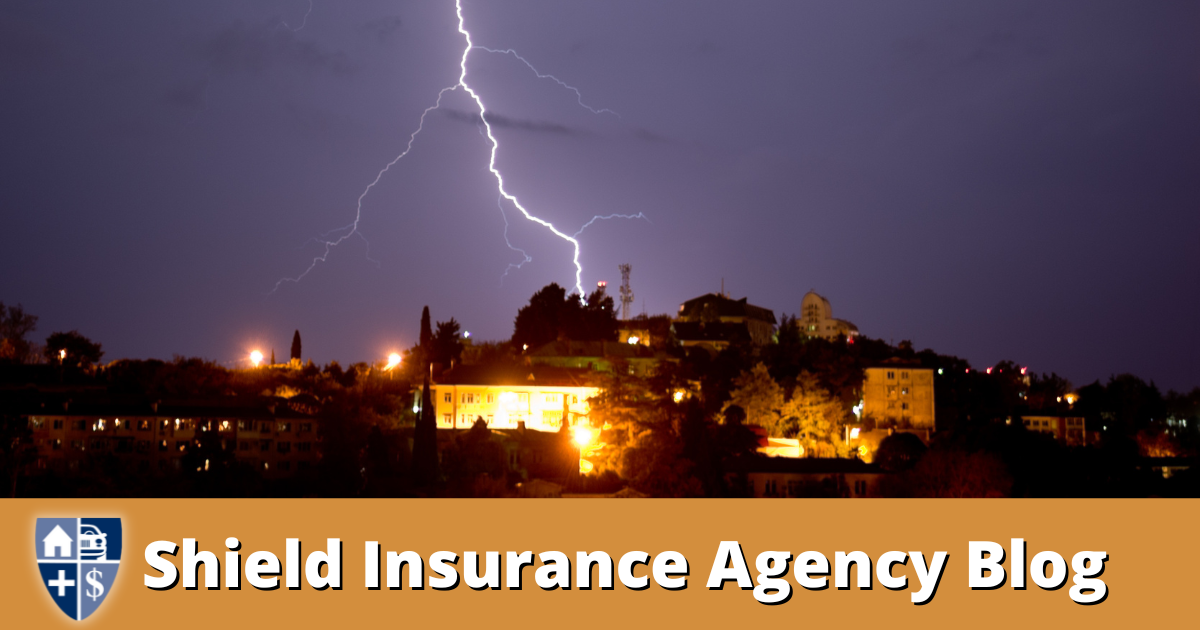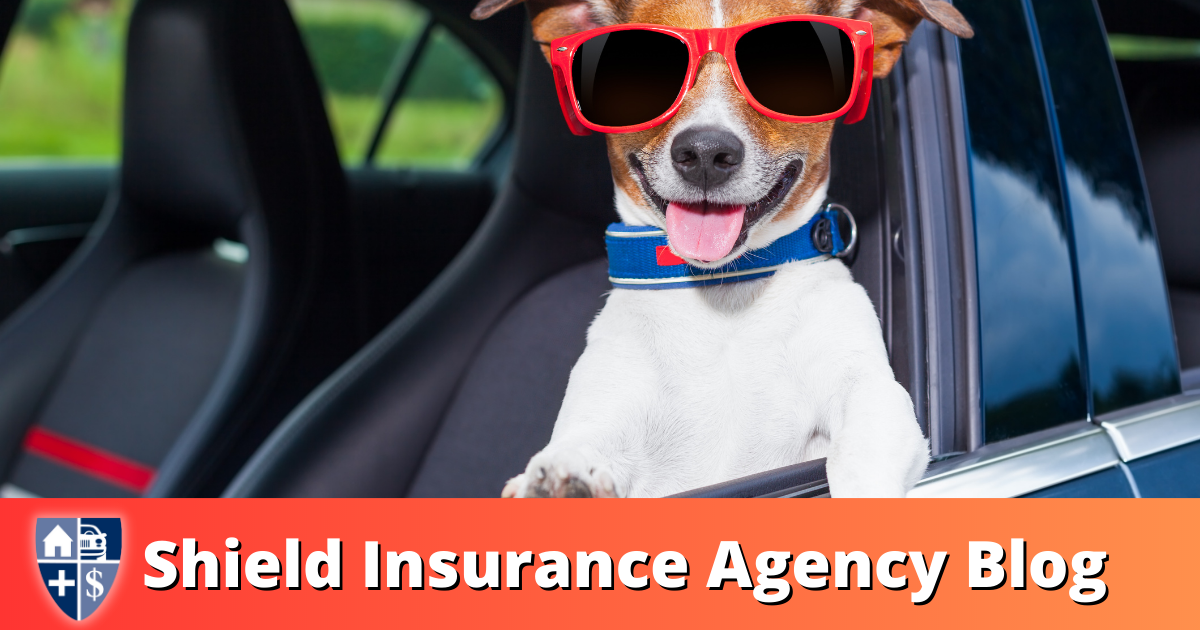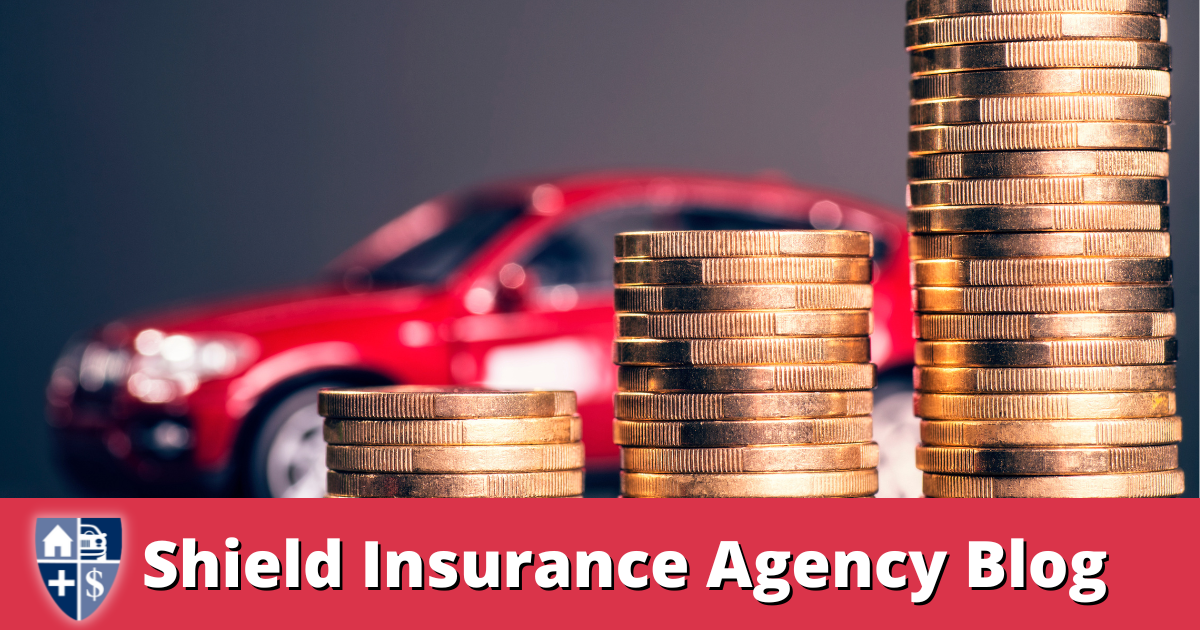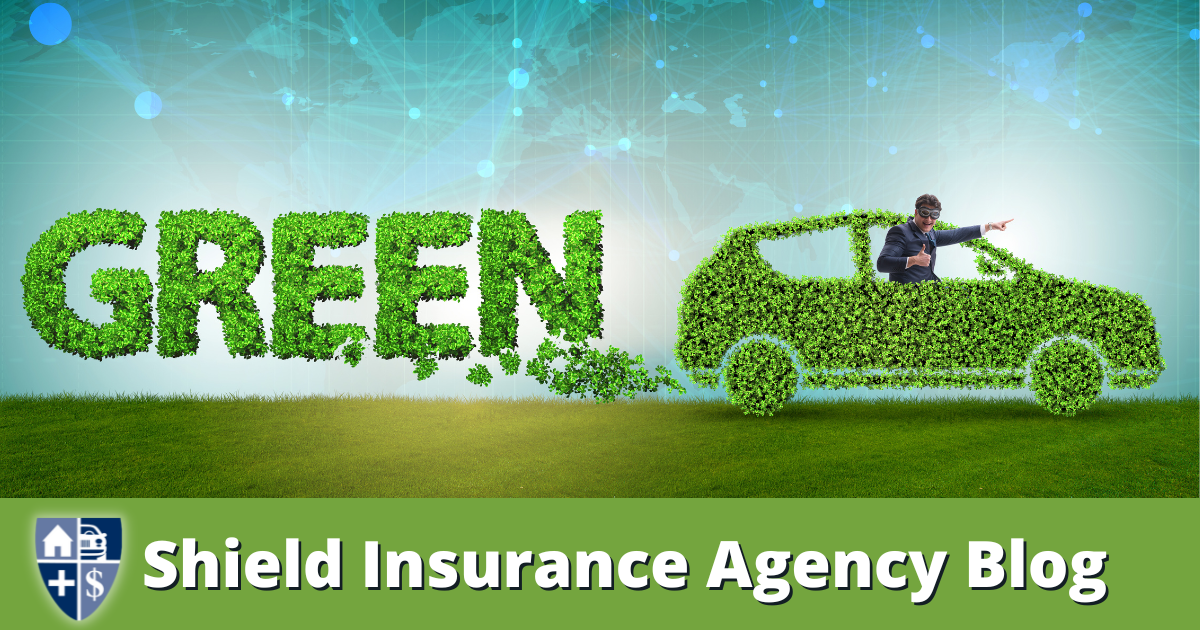
Hybrid or Electric? Pros and Cons of Alternative Fuel Vehicles
Nationwide | December 12, 2022 | Hybrid | Auto Insurance | Start A Quote Today
More hybrid and electric vehicles are taking to the roads. Can you tell the difference between them? Each has advantages and disadvantages based on the purchase price, cost of ownership, maintenance, and power. If you’re considering an alternative to the internal combustion engine, the info below may help you understand the pros and cons of hybrid and electric vehicles (EVs).
What is a hybrid car?
A hybrid car is a vehicle that uses two or more distinct power sources to move, such as gasoline engines and electric motors.
Pros and Cons of Hybrid Cars
| Pros of Hybrid Cars | Cons of Hybrid Cars |
| Fuel-efficiency According to the U.S. Department of Energy, a plug-in hybrid electric vehicle typically uses 30 to 60% less fuel than traditional automobiles. [1] Fewer trips to the pump can save you a significant amount of money over time, especially if you have a long commute. Less greenhouse emissions from the vehicle Hybrids that plugin generally produce less greenhouse emissions than gas-only vehicles. However, the type of power plant in your area is also a part of the larger greenhouse gas emissions equation. Recharging a vehicle requires electricity, and the source and cleanliness of that electricity may differ greatly. [1] Tax breaks Various income tax credit programs motivate drivers to buy hybrid cars. [1a] Other incentives may include vehicle registration savings, discounts on excise taxes, and extra income tax rebates. | Higher purchase cost While you may save on gas, the initial cost of a hybrid is generally higher than a traditional gas-only vehicle. [2] Expensive maintenance Hybrids are generally more costly to repair because of complex dual combustion systems. Not all repair shops have the proper equipment; services may have to be performed by the manufacturer. [2] Less power Hybrids’ smaller internal combustion engines and lighter weight help maximize efficiency but can reduce acceleration. [2] Gasoline is required Depending on the type of hybrid you purchase, only some can travel long distances without refueling. [3] Some may perceive this as a disadvantage vs the alternative full-electric vehicles. |
What is an electric car?
An electric vehicle has a battery as its power source, as opposed to a gas tank. And the battery powers an electric motor, not an internal combustion engine, as in a traditional vehicle.
Pros and Cons of Electric Cars
| Pros of Electric Cars | Cons of Electric Cars |
| Energy efficient According to the U.S. Department of Energy, electric vehicles typically convert 77% of the electrical energy from the grid to power the wheels, compared to conventional gas vehicles, which typically convert 12% to 30% of the energy stored in gasoline to power at the wheels. [4] Less maintenance Electric motors have fewer moving parts than internal combustion engines, so they’re often easier to maintain. They also don’t require oil, so no more oil changes. And brakes wear much slower thanks to regenerative braking systems. [5] Direct Emissions With no exhaust system, electric cars typically have zero emissions. Their rechargeable batteries are also almost 100% recyclable. However, recharging a plug-in electric vehicle requires electricity, and the source and cleanliness of that electricity may differ greatly. [1] | Shorter driving distance and fewer charging locations The range of EVs has improved greatly, but it’s still generally lower than gas-powered vehicles with larger tanks. And with fewer charging locations, it can be more difficult to plan a longer trip. Long recharge time Recharge time and how much of a charge a vehicle needs depends on a number of variables. But several hours can be needed to fully recharge an EV compared to filling up at the gas pump in a few minutes. Anxiety Due to the limited range and shortage of recharging stations, you may be constantly concerned about running out of power. Expensive battery The cost of a typical battery replacement could reach $10,000 or more, which is on par with a gas engine in traditional cars. [6] |
In choosing the right vehicle, consider budget, passenger load, and geographic location. Whatever type of car you choose, ensure you have the right car insurance to help protect yourself and your car. Have peace of mind while you’re on the road and get a free car insurance quote today.
Sources:
[1] “Plug-in Hybrids,” fueleconomy.gov/feg/phevtech.shtml (accessed Sept. 19, 2022).
[1a] “Federal Tax Credits for New All-Electric and Plug-in Hybrid Vehicles,“ fueleconomy.gov/feg/taxevb.shtml (accessed Nov. 23, 2022).
[2] “What Are The Disadvantages Of A Hybrid Car?,” jdpower.com/cars/shopping-guides/what-are-the-disadvantages-of-a-hybrid-car (accessed Nov. 23, 2022).
[3] “Hybrid vs. Electric Cars: Advantages and Disadvantages,” evcharging.enelx.com/resources/blog/741-hybrid-vs-electric-cars-advantages-and-disadvantages (April 20, 2021).
[4] “All-Electric Vehicles,” fueleconomy.gov/feg/evtech.shtml (accessed on Sept. 9, 2022).
[5] “Maintenance and Safety of Electric Vehicles,” afdc.energy.gov/vehicles/electric_maintenance.html (accessed Nov. 23, 2022).
[6] “How Much Do EV Batteries Cost?” autoweek.com/news/a38658350/how-much-do-ev-batteries-cost (July 1, 2022).
Disclaimer:
The information included here is designed for informational purposes only. It is not legal, tax, financial, or any other advice, nor is it a substitute for such advice. The information may not apply to your specific situation. We have tried to make sure the information is accurate, but it could be outdated or even inaccurate in parts. It is the reader’s responsibility to comply with any applicable local, state, or federal regulations. Nationwide Mutual Insurance Company, its affiliates, and their employees make no warranties about the information nor guarantee of results, and they assume no liability in connection with the information provided. Nationwide and the Nationwide N and Eagle are service marks of Nationwide Mutual Insurance Company. © 2022 Nationwide and Shield Insurance Agency.




